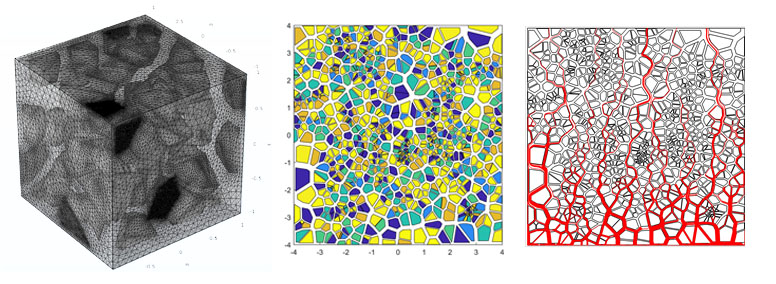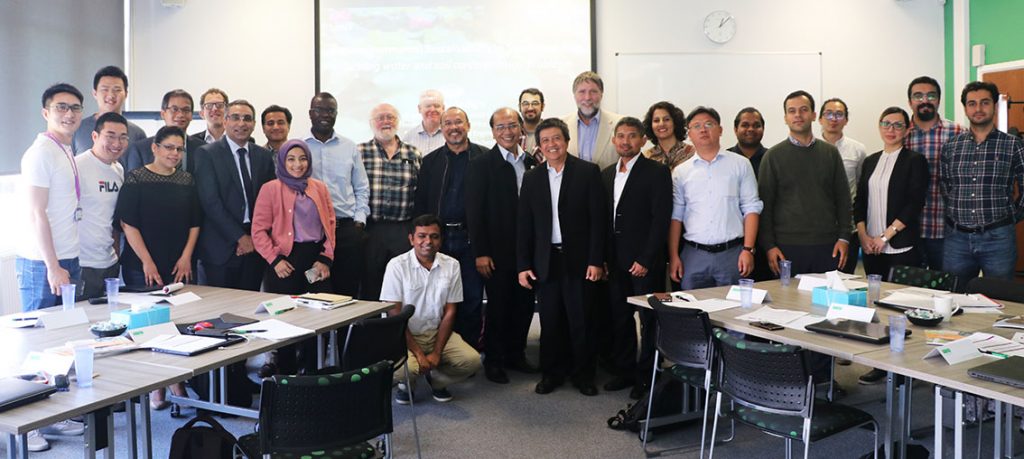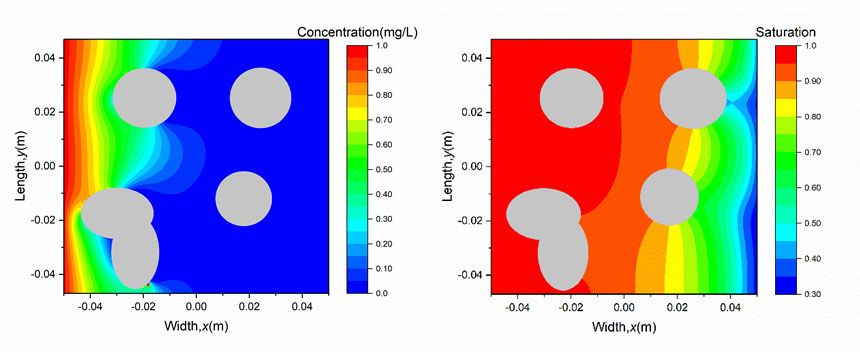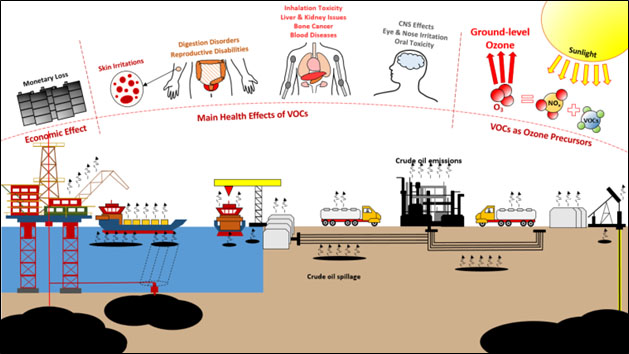
Research
Geological disposal of high-level nuclear waste
Mined geological concept is considered as the preferred long-term solution for the management of high-level radioactive waste (HLW) in many countries, including the UK. Clay buffer is a key component of engineered barrier system (EBS) in the disposal concepts in crystalline rocks.
The clay buffer plays a critical role in the safe isolation of HLW. Our research focuses on developing a sound understanding of coupled and complex behaviour of the clay buffer under geological disposal conditions. We seek to improve prediction capability through collaborative programmes of computational and experimental development.
Our current work is focused on two areas of thermally coupled processes and erosion phenomena in the clay buffer. We currently work with Tongji University in China on erosion and erosion assisted radionuclide transfer in compacted clay buffer and Belgium Nuclear Research Centre on multiscale modelling of flow phenomena.
Contact: Majid Sedighi

Reconstruction of microstructure of compacted bentonite for mesoscopic scale of water flow modelling
Low cost water filtration materials (LotuS)
Access to safe and affordable water is a major challenge for a large population living in the rural and urban areas in the world. For example, it is estimated that more than 130 million people in East and South East Asia have limited access to basic drinking water services.
Our programme of research on this agenda focuses on developing affordable, household- or community-based solutions for water filtration by advancing a “reactive slow sand filtration” technology. This project involves multiple academics from different discipline of engineering and social science including Global Development Institute and Institute Technology Bandung (Indonesia).
Lead: Dr Majid Sedighi

Development of low-cost water filtration systems in South East Asia – LotuS meeting
Multiscale modelling of reactive and coupled processes in geo-materials
Our research aims to develop scientific links between microscopic physico-chemical interactions/processes and the macroscopic engineering behaviour of porous materials and in particular geo-materials including soil and rock.
We develop numerical models for studying reactive transport phenomena in porous media (eg. clays) within theoretical frameworks which allow us to study coupled thermal, hydraulic, chemical and mechanical processes.
We have developed an in-house Peridynamics model and programme (Pyramid@Manchester) for studying coupled flow and mechanical problems in porous media. This offers advanced features for modelling the processes in heterogeneous and discontinuous systems.
Contact: Majid Sedighi

Modelling of chemical transport in heterogeneous porous systems using our in-house coupled Peridynamics model (Pyramid@Manchester)
Risk mitigation in built environment using digitalisation technologies
Our work focuses on combining the digitalisation through Building Information Modelling (BIM) with assessing the risk and reliability assessment of infrastructures including buildings, bridges and underground spaces. Our aim is to develop reliable risk assessment and mitigation scenarios based on 3D data analysis and visualisation technologies. Cutting-edge 3D Laser Scanning Facilities combined with BIM technologies have enabled us to develop robust assessment of health and safely of infrastructures and built environment.
Contact: Dr Mojgan Hadi Mosleh

Integrated 3D laser scanning and Building Information Modelling (BIM) in safety analysis.
Tackling soil contamination and air pollution
The conventional methods for containment and remediation of contaminated soils are expensive and require advanced technologies which may not be affordable for local authorities.
Our focus is on developing sustainable and affordable capping solutions for containment of harmful gas emissions from contaminated sites.
We have developed a new experimental setup at our Geo-environmental Engineering laboratory to characterise the materials developed for capping systems. Capping systems are being designed and tested in our laboratory to evaluate their optimum performance and capacity for containment of harmful gases under site conditions.
Contact: Mojgan Hadi Mosleh

Health, atmospheric and economic impacts of volatile organic compounds (VOCs) emitted by fossil fuel industry
Opportunities
Discover research opportunities in Geoenvironmental Engineering and how to apply.
Activities and events
Find out about upcoming seminars, conferences and courses.

